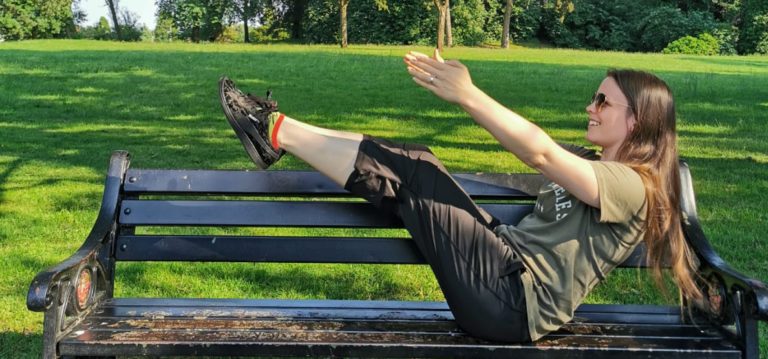Low back pain is a common complaint among adults, with an estimated one third of adults in the UK reporting pain. Most low back pain goes away on its own within 4-6 weeks, but back pain can be more pervasive than that, creating an impact on everyday quality of life.
I was compelled to write about the benefits of Pilates for low back pain after a client told me at the end of class this week that her back was feeling much better after doing the class. I asked her if she experienced regular low back pain and she said yes, but that after taking Pilates classes it was much less frequent and always improved following taking class.
Having experienced low back pain frequently myself, which I manage with Pilates, it always brings me great satisfaction to hear from clients that they are feeling the tremendous benefit of working on their core stability and responsiveness. Multiple studies have found that maintaining a Pilates practice have significant benefits for reducing and managing low back pain (for example Yang, et al., 2021; Shukla, Kumar & Sharma, 2021; Tran, et al, 2021; Hayden, et al., 2021). Back pain relief is a commonly reported benefit of taking Pilates classes.
So why does Pilates help with back pain?
There are a few ways in which Pilates benefits low back pain. Firstly, Pilates exercises strengthen the core muscles (commonly considered to consist of transverse abdominis, rectus abdominis, internal and external obliques, quadratus lumborum, multifidus, glutes, diaphragm and pelvic floor). The core is a group of muscles which stabilise the trunk and pelvis, which support our bodies in performing most physical activities. The core protects you against injury and spare the spine from excessive load. It prevents falls by helping you to stay balanced and allows you to move in any direction. Overall, the core is a very important set of muscles.
In addition to the very important benefits of strengthening the core, Pilates teaches good alignment especially with regards to loading the core, works the strength and flexibility of the whole body, tones the muscles and activates the core through deep breathing. Your balance improves and you develop body awareness and focus. Pilates lengthens the body, creating space between the vertebral discs, relieving pressure and creating a more supple spine.
Moreover, many Pilates exercises work to address instability in the hips and pelvis and strengthen and lengthen the hamstrings, glutes and shoulder girdle – areas which can create referred low back pain.
The most wonderful thing about Pilates is that there are modifications and adaptations for all kinds of movements. We know how to load the core effectively and what to look out for to ensure that you’re working your core in the right way to support your spine. We can also show you how to use equipment such as straps, blocks, mini-balls, bands, Swiss balls and the magic circle to assist and enhance your Pilates practice.
Are you interested in reducing low back pain through Pilates? Send me an email to juniperdancefitness@gmail.com to book a 1:1 session in Wolverhampton or online via Zoom, or sign up for one of my group exercise classes online!

